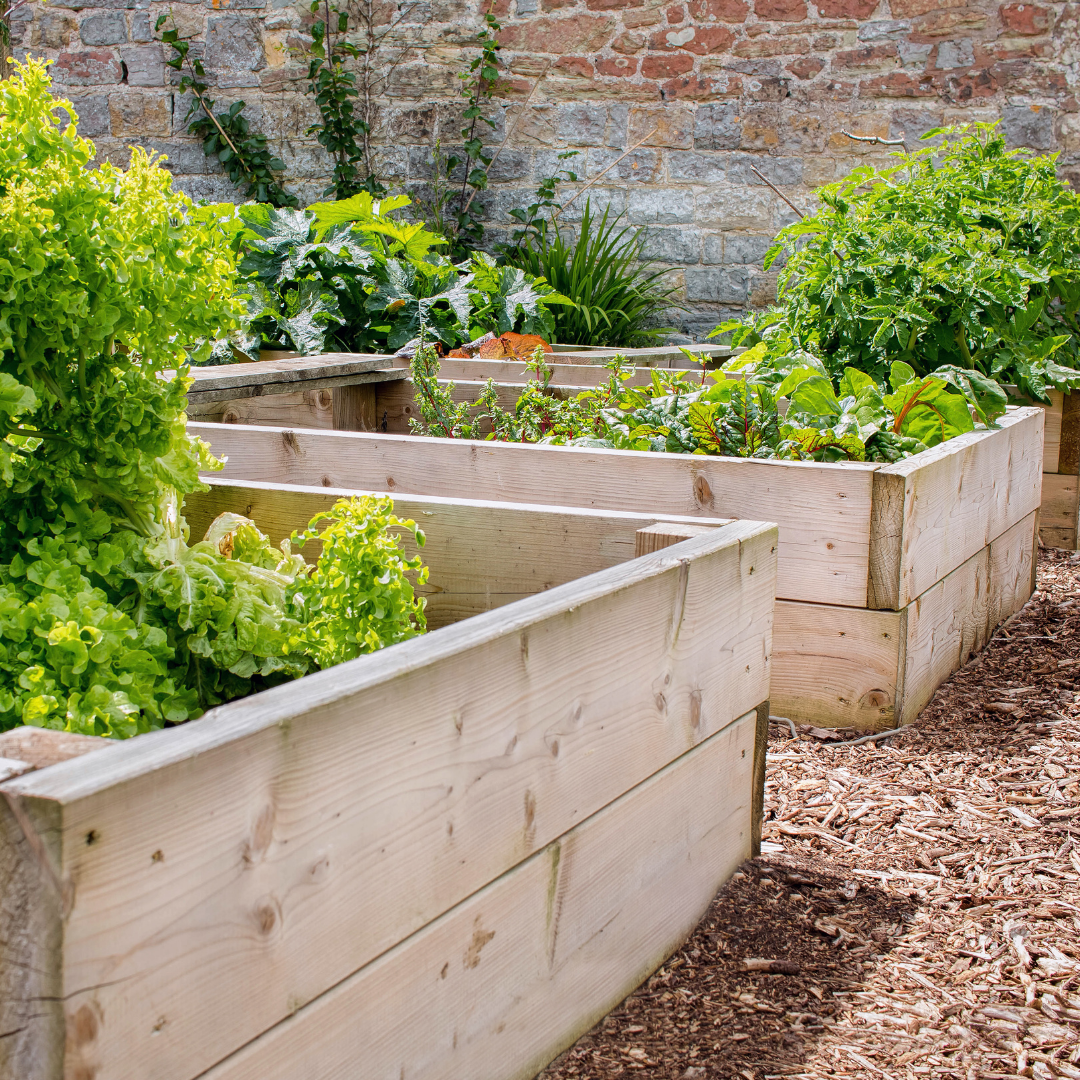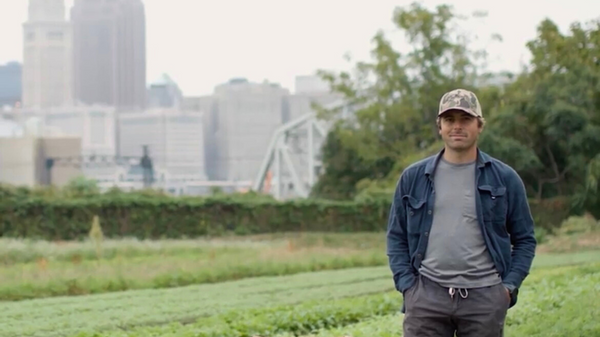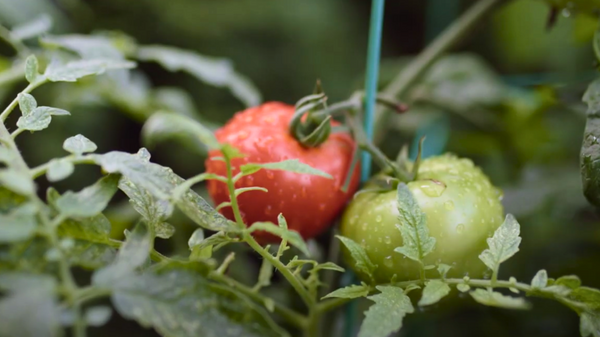
Raise Your Garden Game
Michael Bartunek has built a few raised beds in his career, working his way up from an apprentice at a Milwaukee urban farm to Senior Farm Manager of Cleveland's Ohio City Farm, one North America's largest urban farms. He generously shared his tricks of the trade in Tilth Soil's free downloadable Raised Bed Workshop. His approach to planning, building, sowing, and maintaining grow structures is well considered -- the extra touches paying off in the long run.

Michael breaks it all down into categories, starting with planning. Where you place a raised bed depends on what you intend to grow in it. If you're aiming for sun-loving plants like tomatoes and peppers, you'll need a spot in your yard that receives at least 6 hours of direct sunlight daily. If you're opting for herbs, lettuces, and part-shade-tolerant plants, you can afford to be a little more flexible. Take a picture every hour of the day of the intended location for your raised bed to document whether or not it receives 6 hours of full sun.

Next comes the structure. You have a range of border materials to choose from, including fallen tree material, rot-resistant cedar, or hardwood planks (1 x 4"). He's even repurposed bricks, stacking and bonding them with construction adhesive, lining them with garden fabric to prevent the glue from touching the soil.
Once your basic structure is complete, you're ready to fill it with soil. If you're building over existing soil with a loose structure, six inches deep is sufficient. If you're building over hard ground, plan on a 12-inch depth. Check out Tilth's Soil Volume Calculator to figure out how much soil you will need to fill your space.

"Be picky on what you choose for soil. You’re going to be putting a substantial investment into the ground. If you look at total investment, spend more on the soil then the structure." Tilth's organic raised-bed and garden plot soil mix, Grow, has the water-retention qualities and nutrient contents Michael prefers.
During the Q&A, he talked about what to plant before the final frost - overwintering your beds is essential for soil maintenance and products like Boost are great for putting your garden to bed.
A word about preserving your wood frame and stakes: his favorite preservative is Eco Wood Treatment. It’s a powder mixed with water and sprayed on with a pump bottle. "It creates a patina finish and protects especially cheaper wood, like pine," Michael says.
For more gardening tips, download the free Raised Bed Workshop, or check out Tilth's blog post, Setting Your Garden Up For Success.
